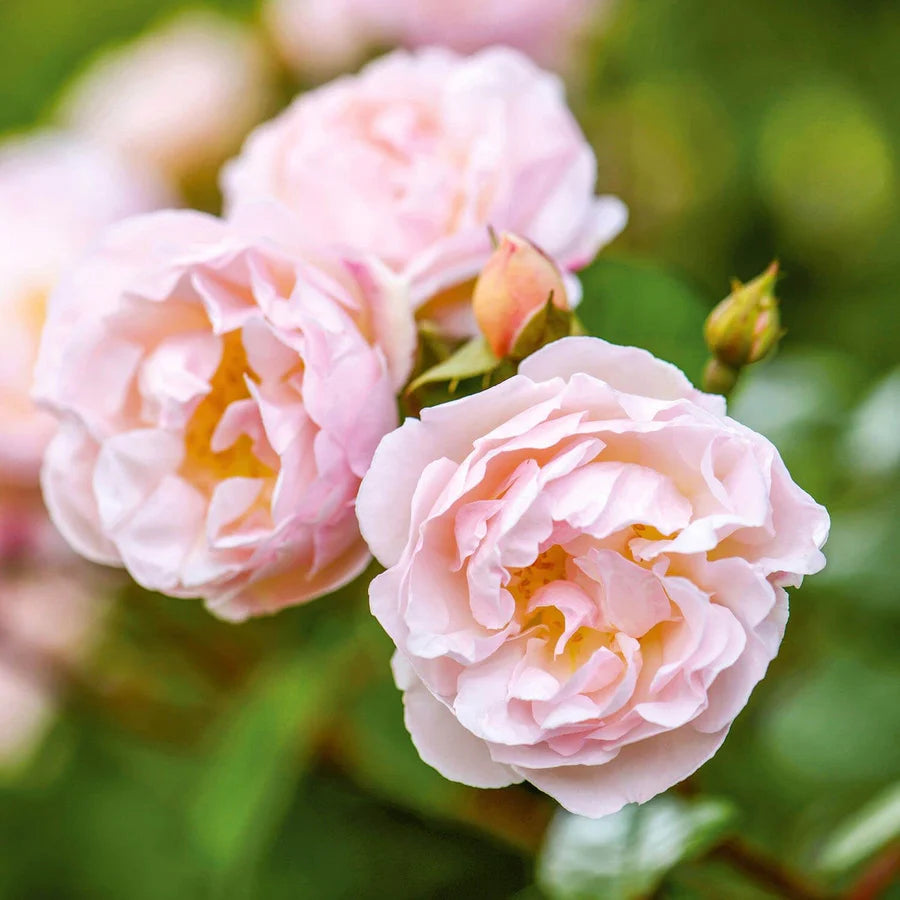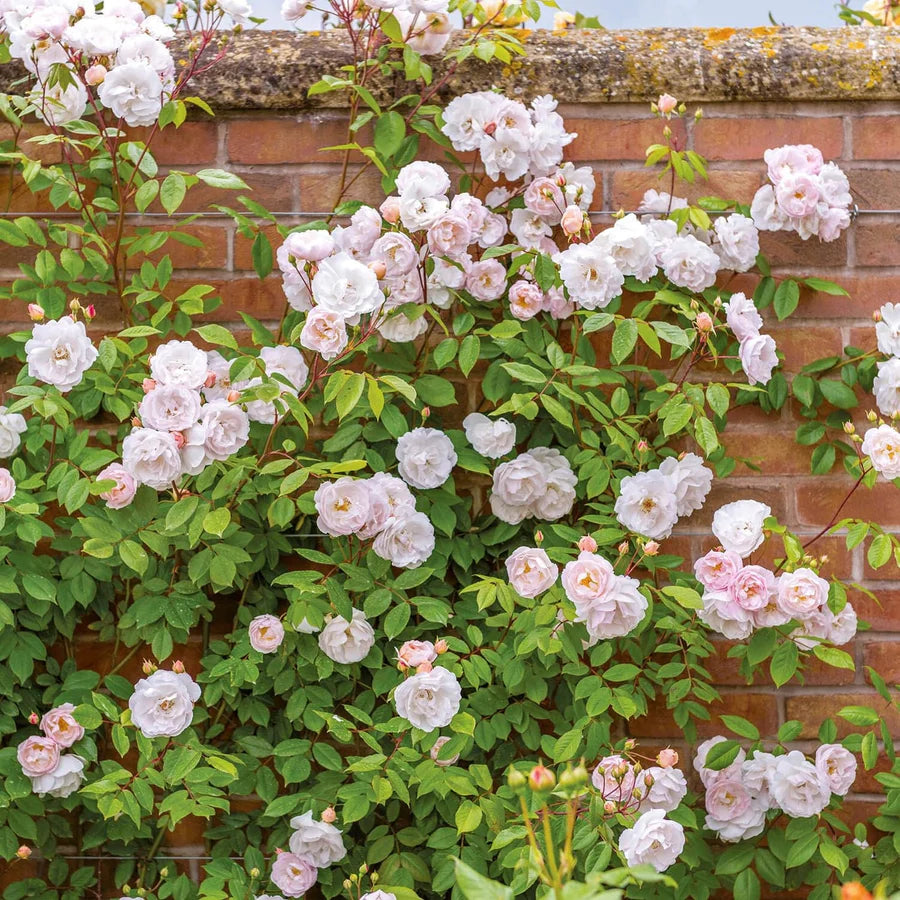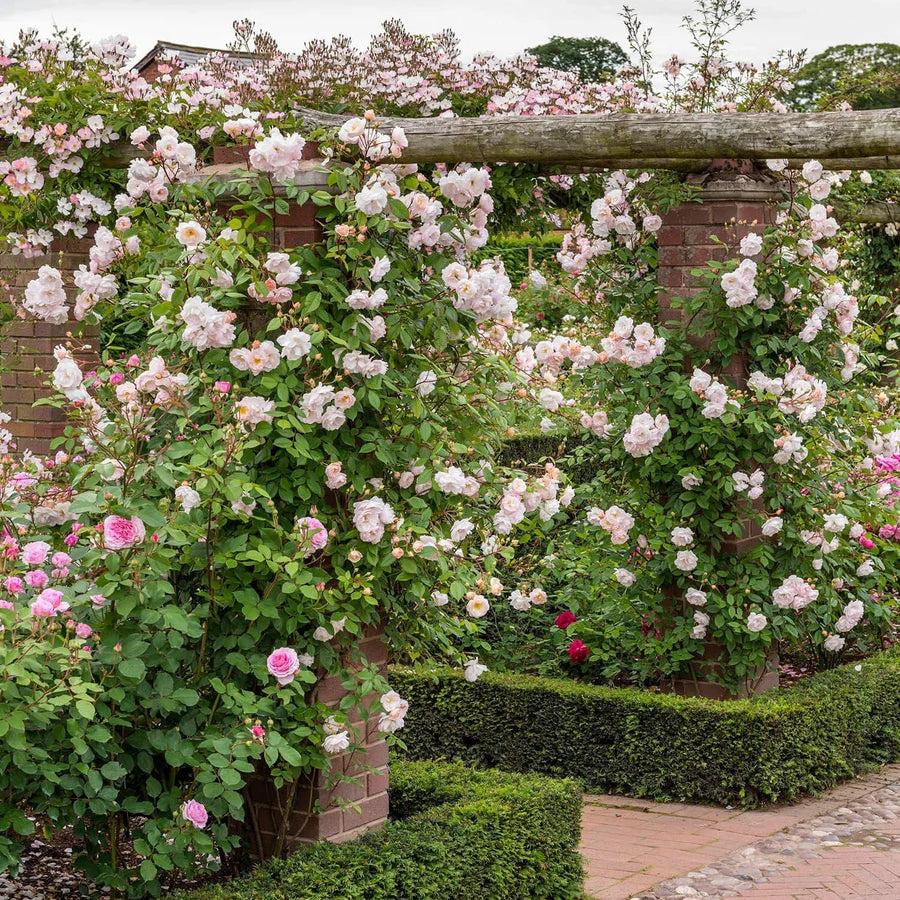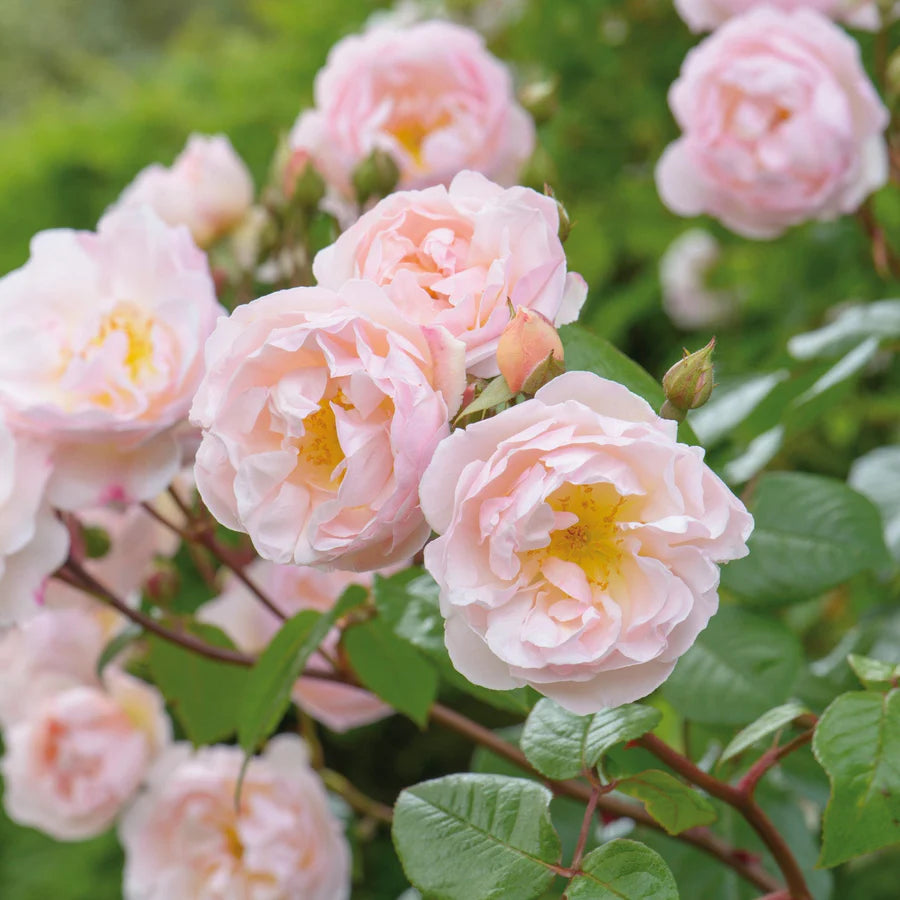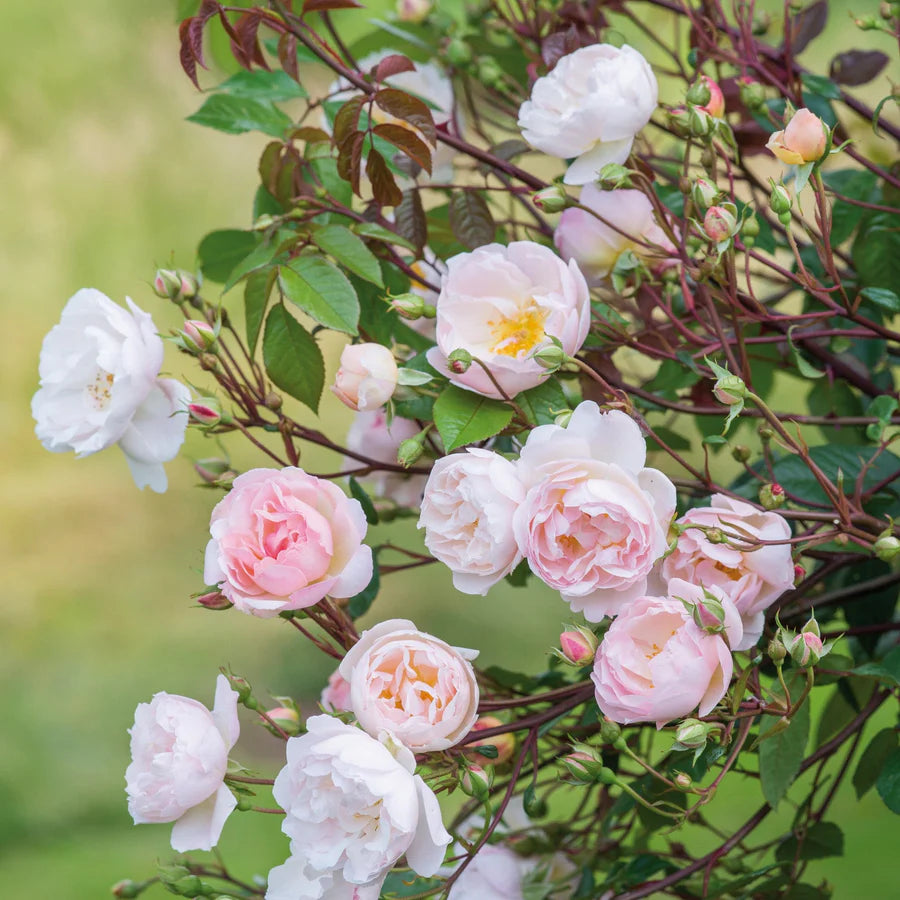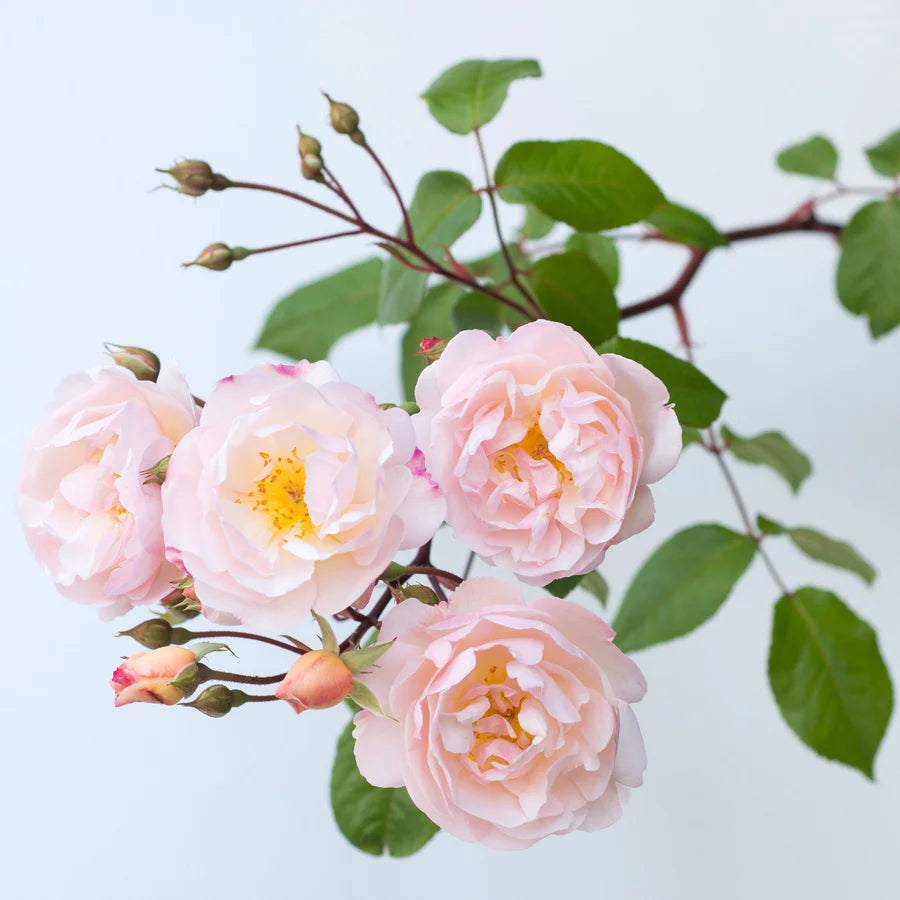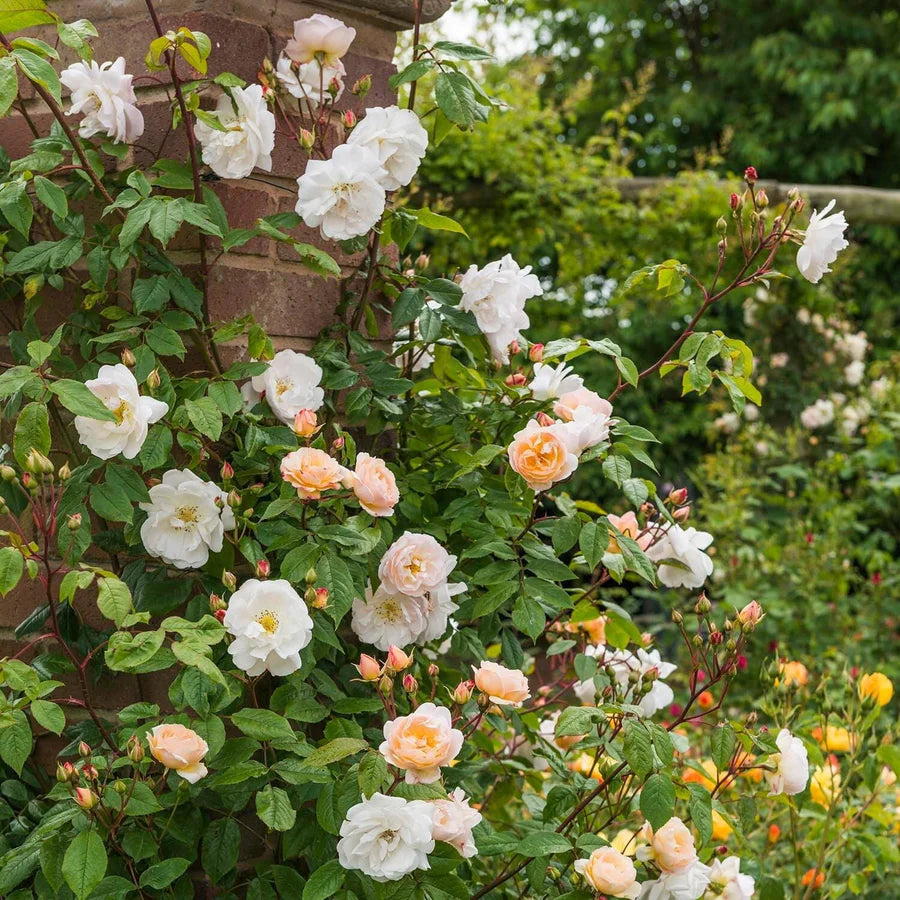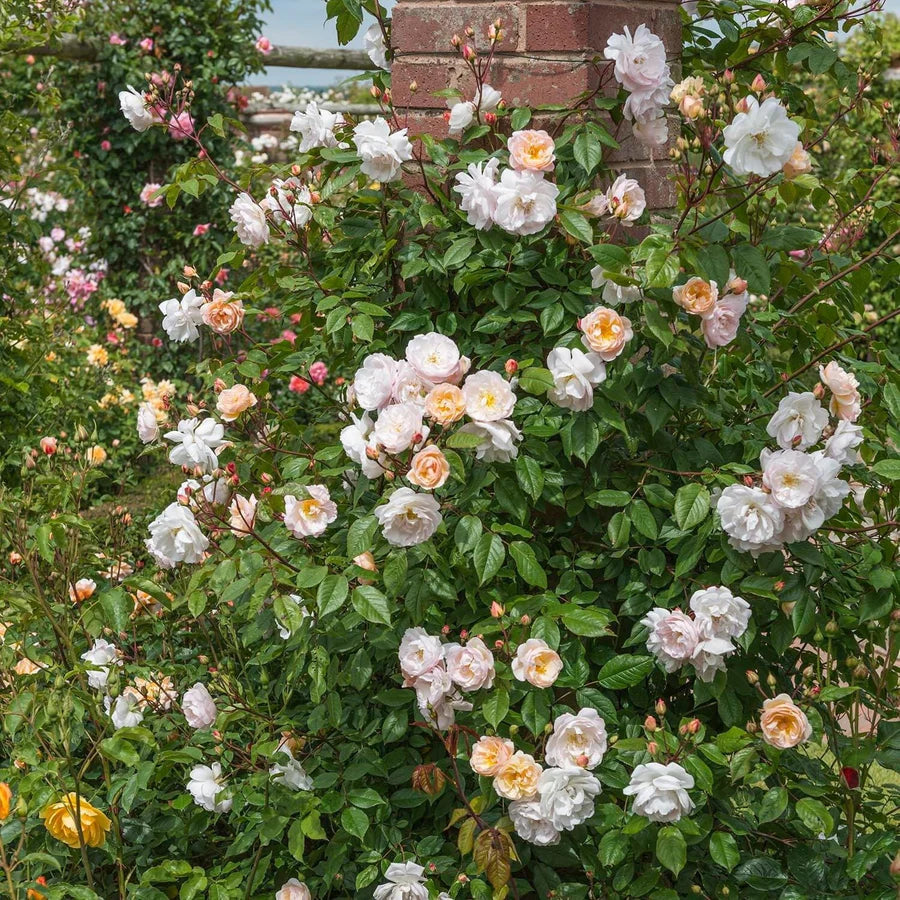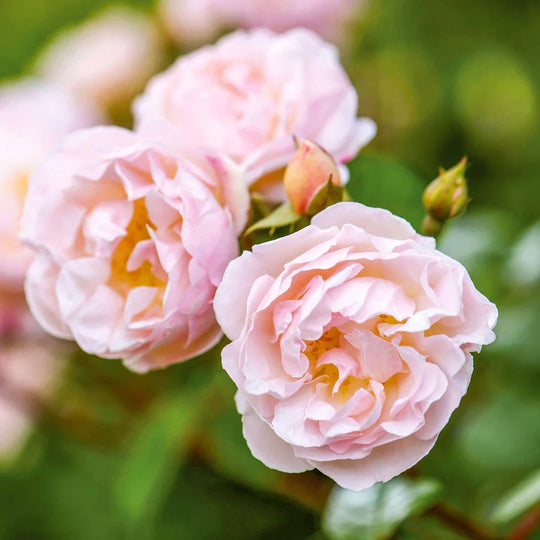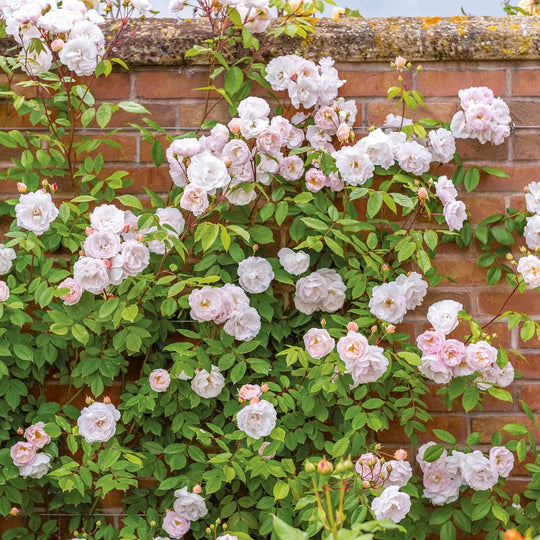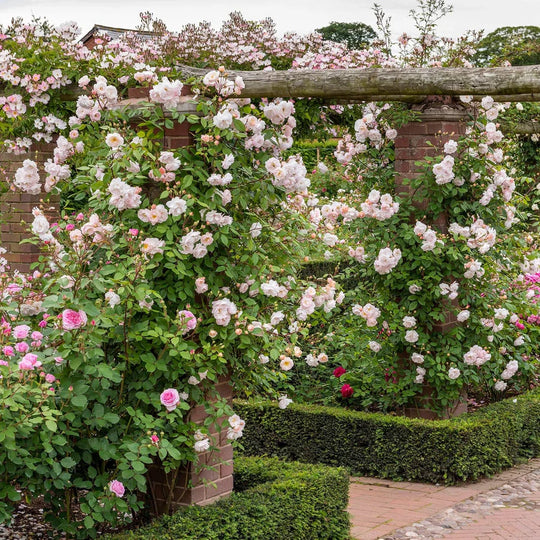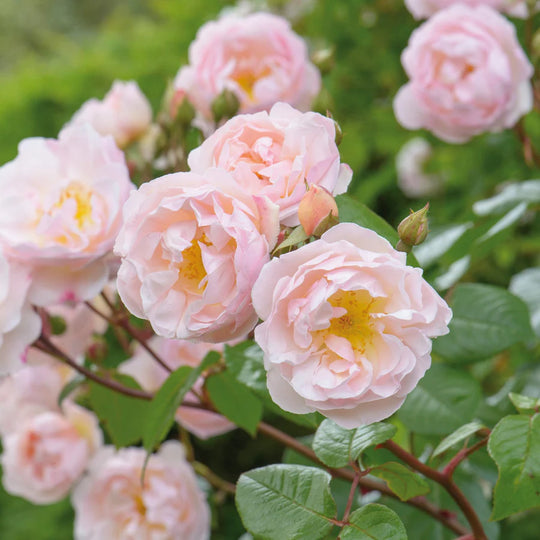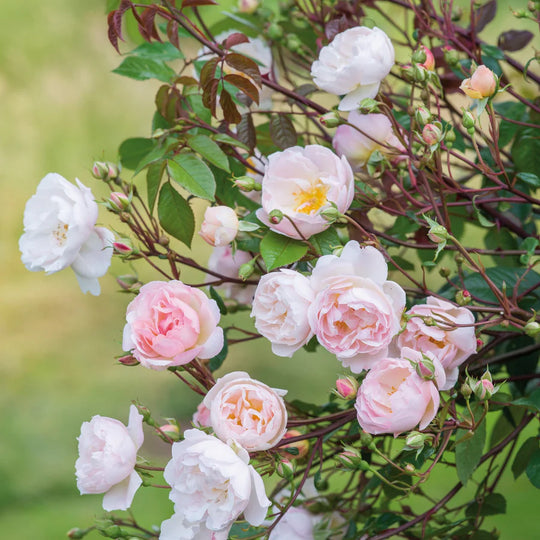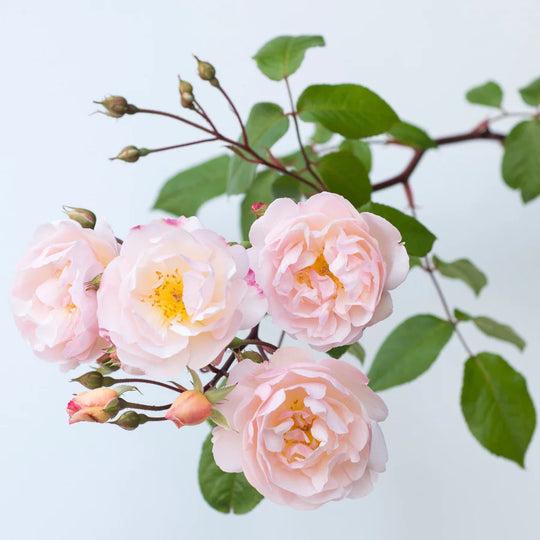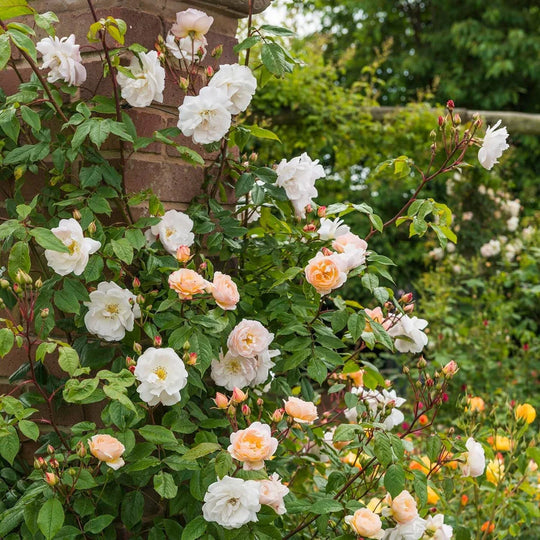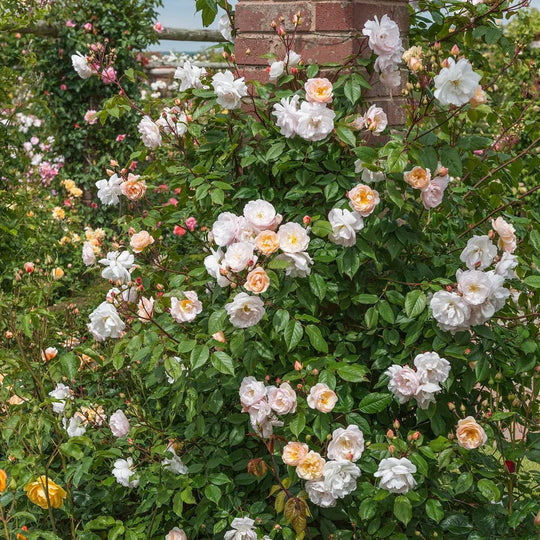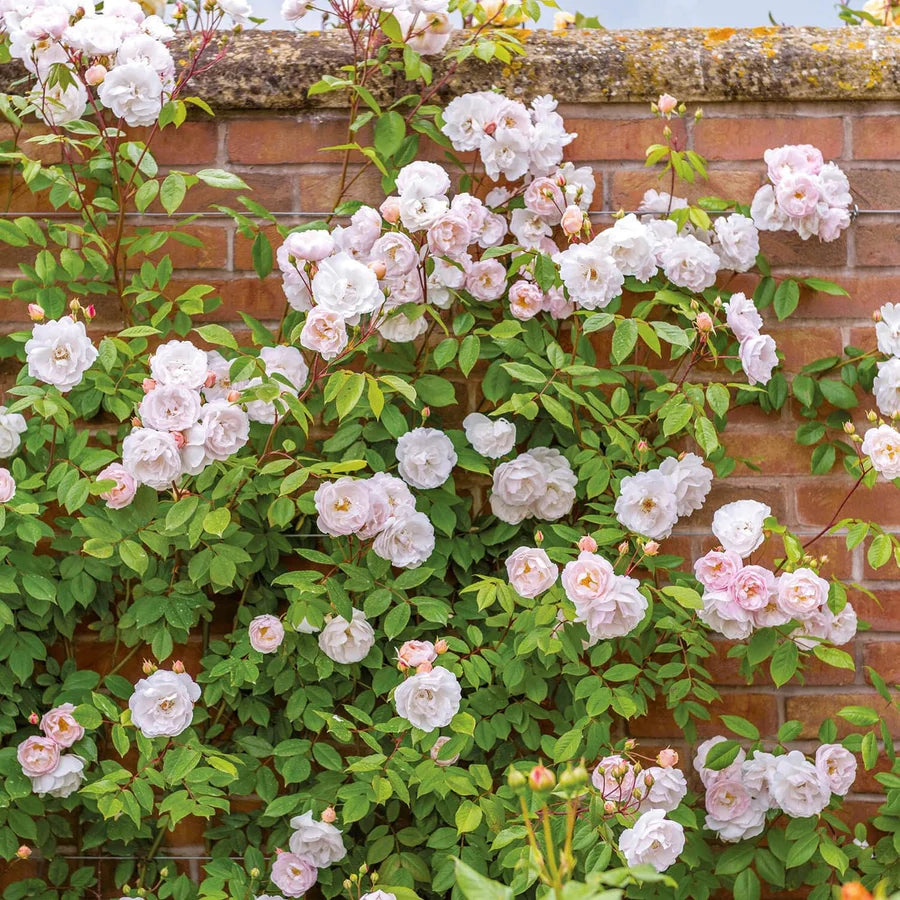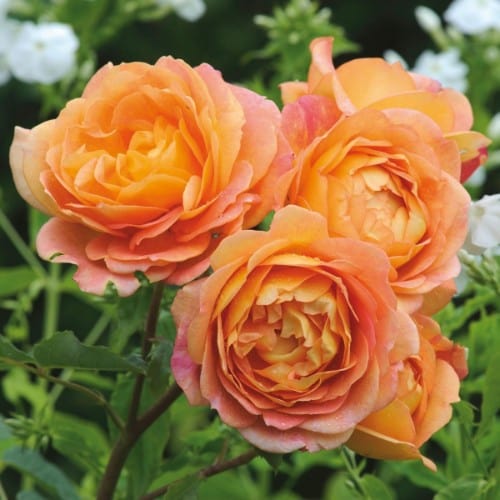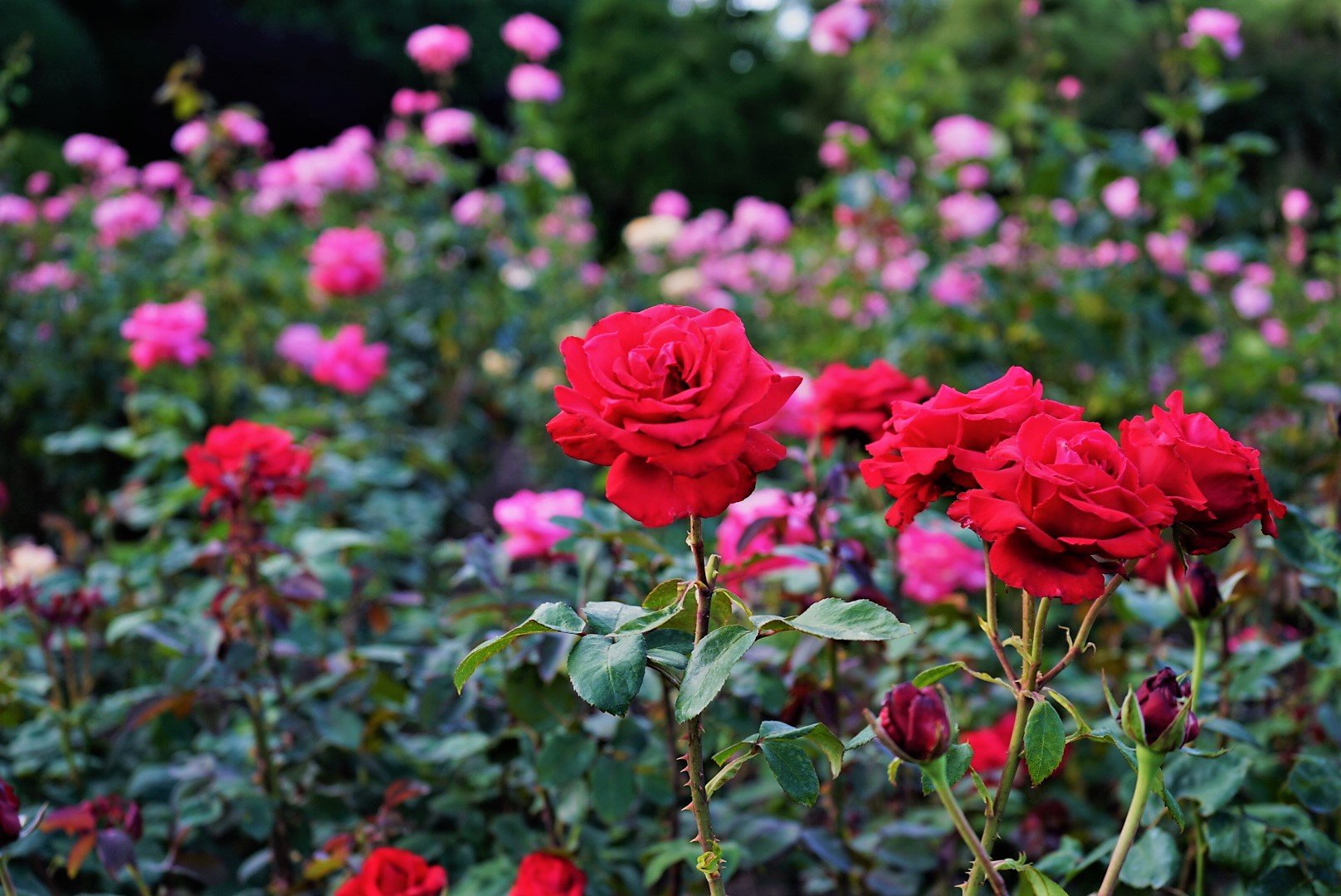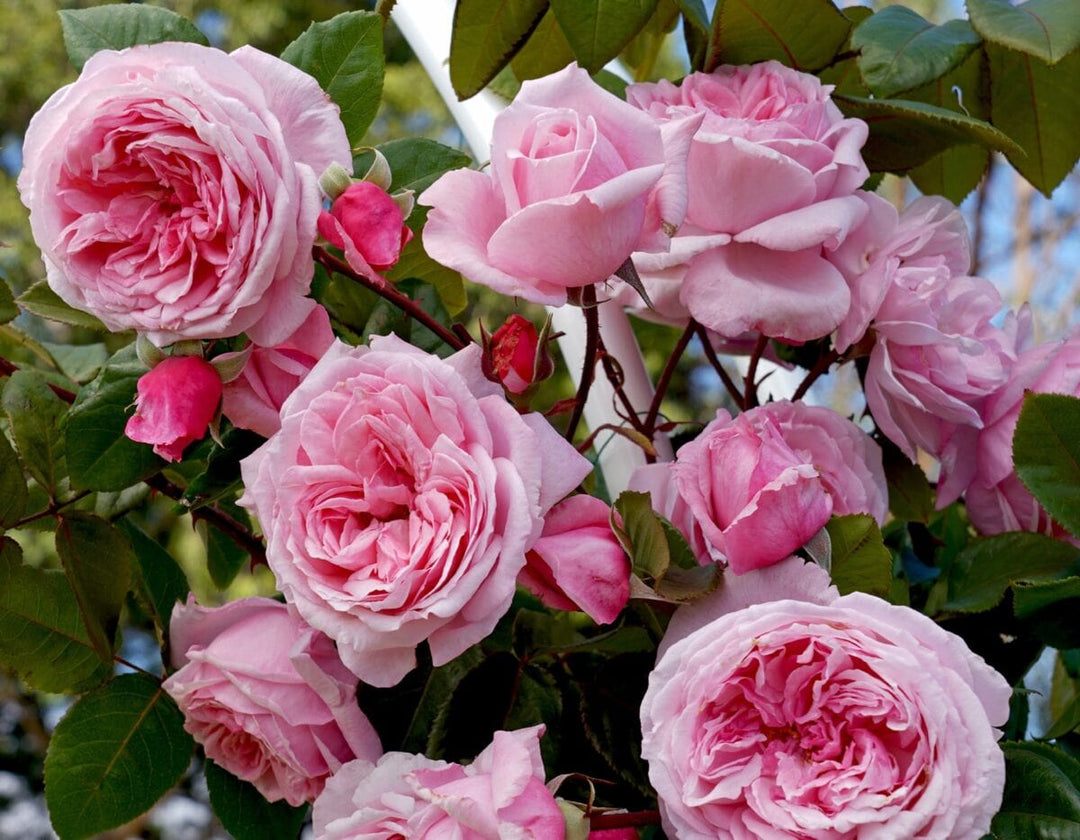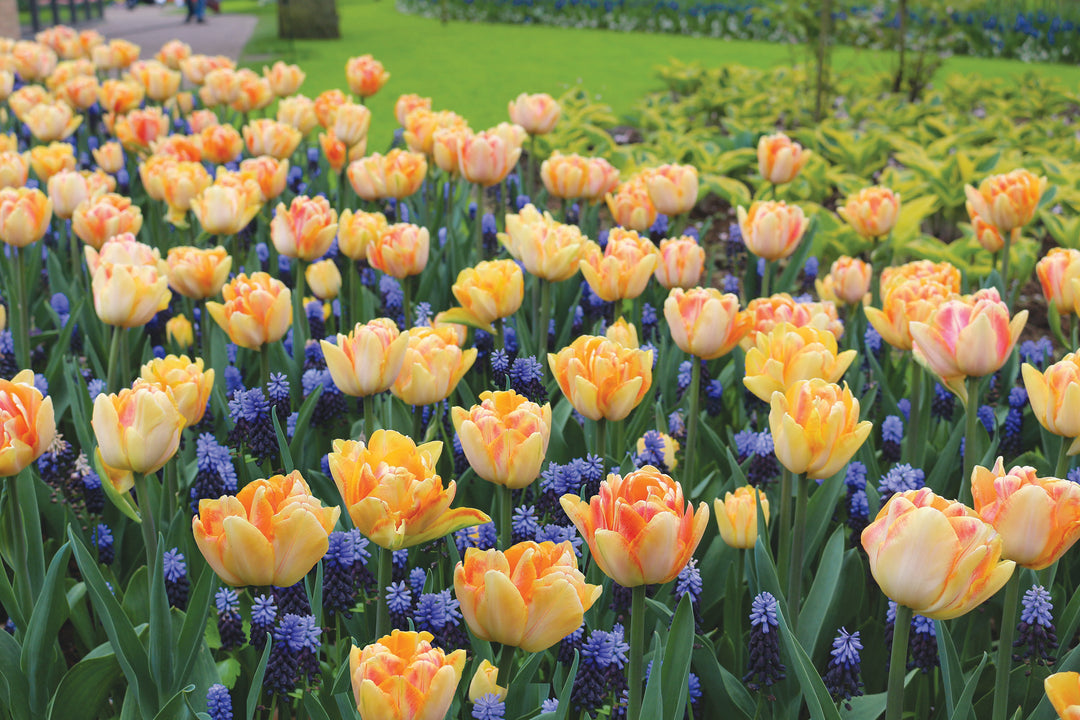At Wildwood, we aim to make sure every plant arrives healthy and safe to your door in time for your planting period. Here is what you can expect after placing your order!
Packaging
Rose orders will be shipped with wood shavings in the package to help insulate and protect the roots from the cold weather and movement during shipping. Wood shavings can be repurposed in the garden or composted upon receiving your order!
Shipping Schedule
The shipment of your order will follow our approximate schedule found below where timing will be dependent on what is being shipped, your planting zone, and the current weather conditions for shipping.
| Zone | Earliest Shipping Time |
| 1-3 | Mid May |
| 4-5 | Late April |
| 6 | Early to Mid April |
| 7-9 | Early to Mid April |
All times listed are the earliest dates shipping can start in that zone. Shipping times can change due to harsh weather conditions or supplier delays if they occur.
Not sure what planting zone you are? Check the map here or visit Natural Resources Canada to find the hardiness zone in your Municipality.
Bare-root roses can be planted anytime between November and April. We only recommend not planting if the ground is frozen, waterlogged, or in drought conditions. See our storing guide if planting needs to be delayed.
There are two methods to store your bare root roses, cool storage or “heeling in”.
Cool Storage (Storing for 1-7 days)
Check on the roses to make sure the canes and roots are healthy. The roots should be moist, not dry. moisten the roots as needed and wrap the roses in the plastic bag they came in. Store your roses in a dark and cool location with a temperature between 2 - 6℃ ( 35 - 42℉) like a garage, basement, or closet. Do not leave your roses in a location where they could freeze or warm up. Check on your roses every couple of days to make sure they remain moist and don’t have signs of mold or fungus growing.
“Heeling In” (Storing for 7-14 days)
To “heel in” roses, you need to create a temporary planting spot by either digging a trench in your garden or using a container with drainage holes. Before planting, make sure to soak your rose roots for a minimum of 2 hours to ensure they are well-hydrated. Using either a dug-out trench in your garden or a container, bury the roots and canes so only 2/3rds of the top is above the soil. Plant spacing and planting angle won't matter as this is temporary, so just use a hole or container deep and wide enough to fit them all together. After covering them with soil, water them so the soil settles in and fills any air pockets. Make sure the soil you plant it in neither stays too wet or dry.
With either method, it is highly recommended that you plant them in their forever home as soon as possible.You got your roses and now it’s time to plant them. Fear not! Follow these simple steps and your roses will be set up for success.
Step 1: Soak the Roots (skip this step if you stored them using the “Heel In” method)
Fill a bucket with water and soak the bare root roses for a minimum of 2 hours before planting. This rehydrates the roots and promotes healthy growth.
Step 2: Choose the Right Location
Select a planting site that receives at least six hours of sunlight daily and has well-draining soil. Avoid areas where water puddles after rain as excessive moisture can lead to root rot.
Step 3: Prepare the Soil
Prepare the soil by removing any weeds, rocks, or debris. Loosen the soil to a depth of at least 30 cm (12 in.) and incorporate organic matter such as compost or aged manure to improve soil structure and fertility.
Step 4: Dig the Planting Hole
Dig a hole that is wide enough to accommodate the spread roots and deep enough to allow the graft union (the swollen area where the stems meet the roots) to sit just below the soil surface. The hole should be approximately 45 cm (18 in.) wide and 30-45 cm (12-18 in.) deep.
Step 5: Planting the Rose
Place the bare root rose in the center of the hole, spreading the roots evenly around. Creating a small mound of soil at the bottom of the hole can help keep the rose in position when backfilling. With the roots spread, now would be a great time to sprinkle mycorrhizal fungi over the roots (optional). Backfill the hole with soil, gently firming it around the roots to eliminate air pockets. Ensure that the graft union is positioned correctly and is buried approximately 5 cm (1 in.) beneath the soil.
Step 6: Watering
After planting, water the rose thoroughly to settle the soil around the roots. Provide enough water to moisten the soil to the depth of the roots. Continue to water regularly, especially during dry spells, to keep the soil consistently moist but not waterlogged.
Congratulations, you're finished... for the meantime. Now you can prepare for your roses growing journey!
Mulching
Apply a layer of organic mulch such as shredded bark or straw around the base of the rose plant. Mulch helps retain soil moisture, suppresses weeds, and regulates soil temperature. Keep the mulch a few inches away from the stem to prevent rotting.
Pruning
Trim back any damaged or broken stems from your roses. This encourages healthy growth and reduces the risk of disease.
Support
If planting tall or climbing varieties, provide support such as a trellis or stake to prevent the stems from bending or breaking in strong winds.
Maintenance
Monitor the rose regularly for signs of pests or diseases and take appropriate action if necessary. Feed the rose with a balanced fertilizer, like Nurseryland Rose Food 6-18-18, according to the manufacturer's instructions to promote vigorous growth and abundant blooms.



